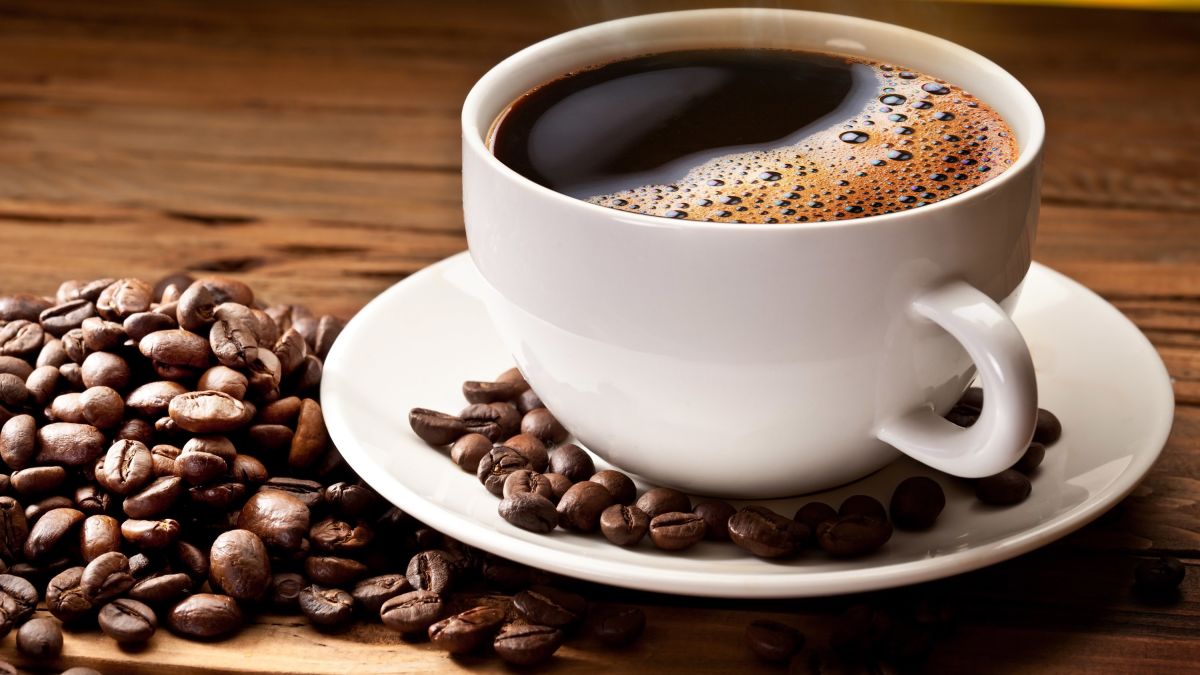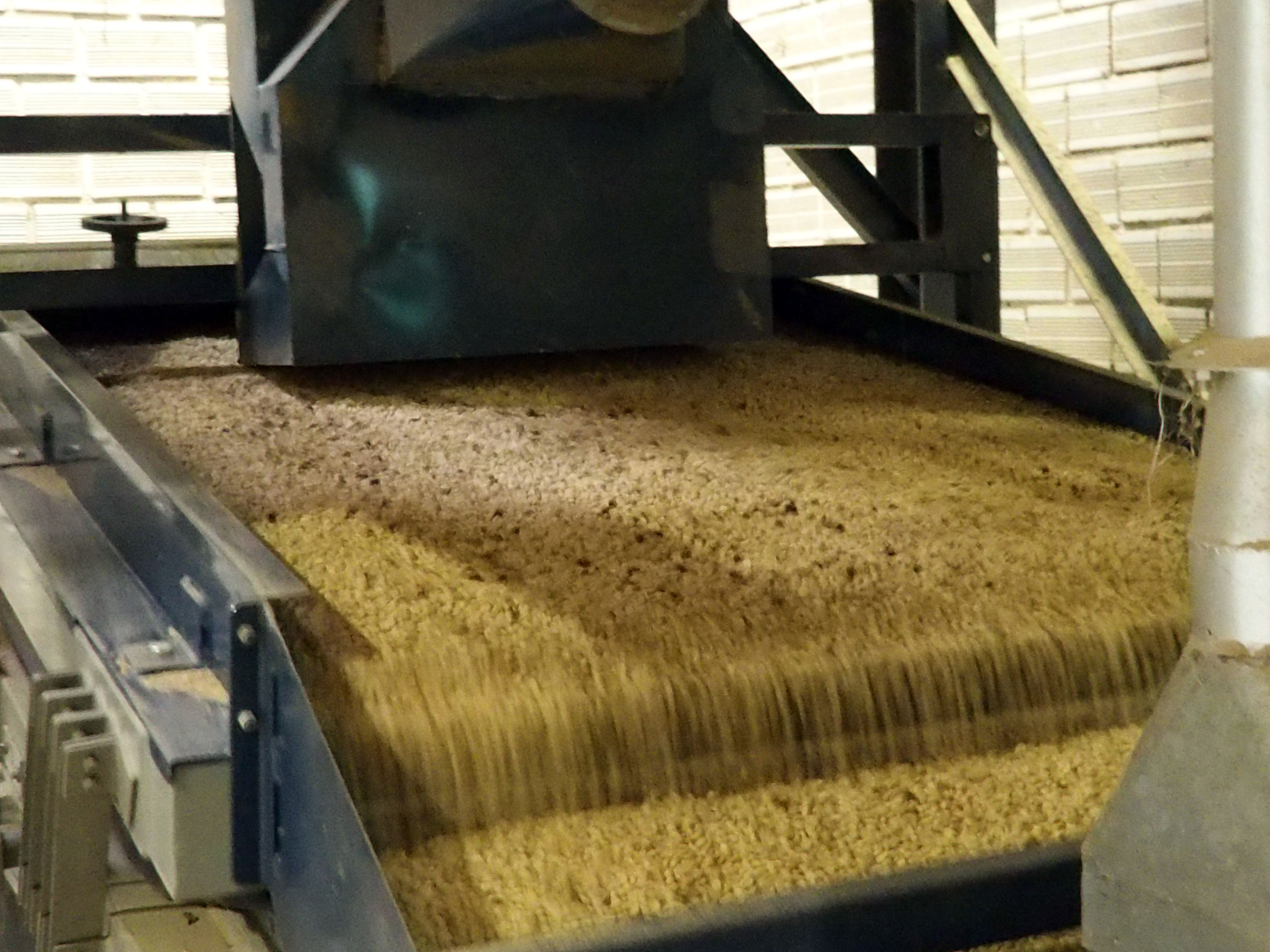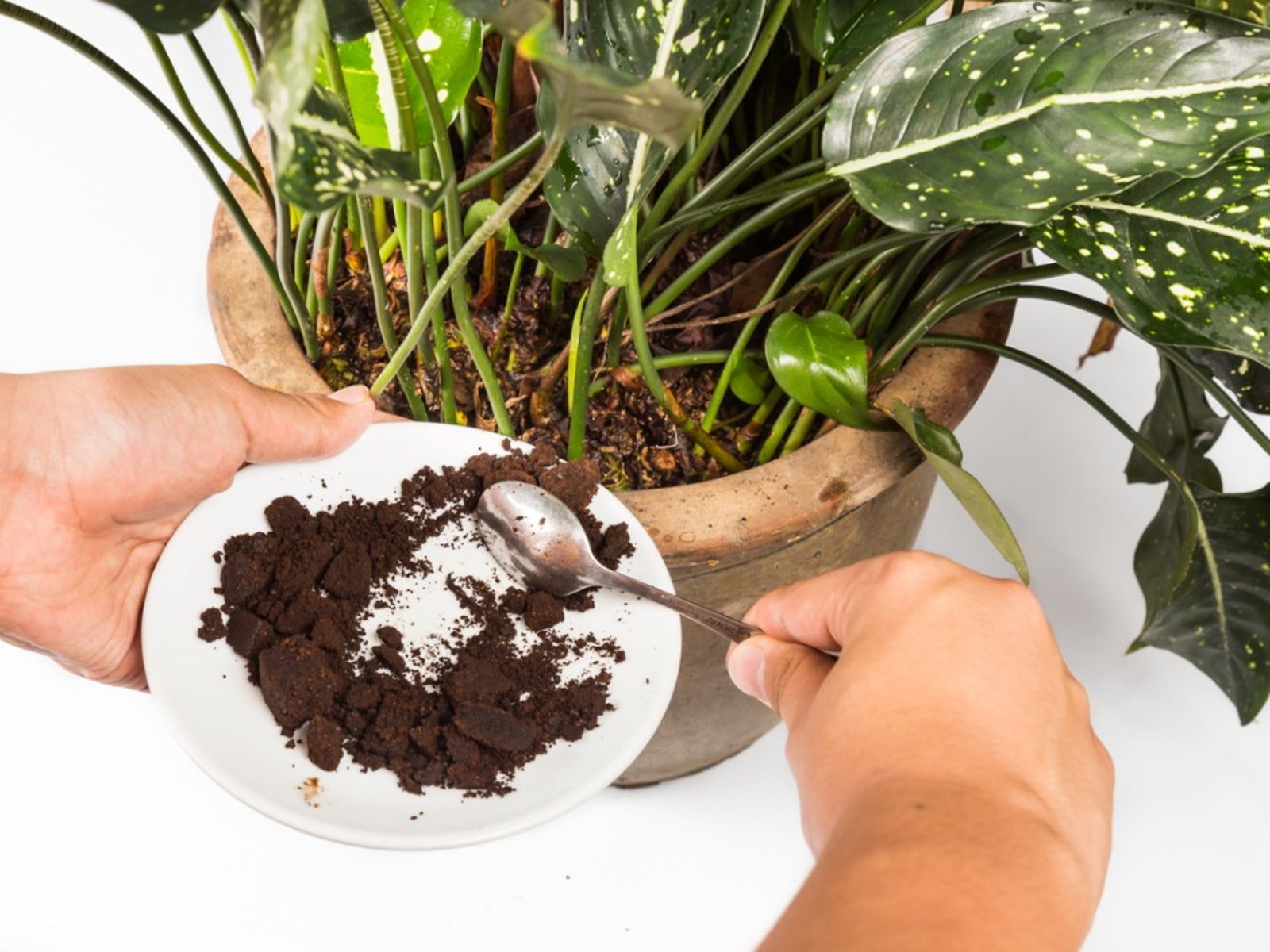There isn’t much time left to be said for the year of 2021, so looking forward to 2022, the year will need to be started off on the right foot and that means starting sustainably. In order to do that, the common practices of celebrating the New Year will need to be revisited to see if what we do for New Year’s is up to standard or not.
First we can start with the most common New Year’s practice, setting off fireworks to bring the New Year in with a bang! The act of creating an explosion in the air that releases metal and gasses isn’t necessarily sustainable, especially when those gasses released are common greenhouse gasses such as carbon monoxide and nitrogen which are high contributors to climate change. Even when they are launched from the ground, they impact the environment by releasing sulfur as part of their propellent system. When fireworks explode, they release fine particulate matter into the air around the explosion. Particle pollutants like the fine particulate matter are a major health risk as well as they’re easily able to get into your lungs and bloodstream, causing damage to those systems. Around celebratory events, the amount of fine particulate matter in the air can be registered up to 2 to 10 times greater than background levels. Even basic sparklers are not great for the planet as they still emit gasses into the air that will cause a higher increase in damage to the atmosphere. Because of all of the risks and damage that comes along with the use of fireworks, they have banned in multiple states and other areas in order to reduce the negative impacts they cause.

So instead of using the regular fireworks to celebrate this New Years, maybe more people can start to implement the use of more eco-friendly fireworks. There are groups who have developed more environmentally friendly fireworks, sparklers and other celebratory pyrotechnics. Some of these fireworks use smokeless charges and some have worked on using sulfur-free propellants. Researchers tracked the use of these eco-friendly fireworks to see exactly how much of a difference they make by seeing the amount of particles left in the air afterwards as well as overall quality of the air in the area they were launched compared to the areas where regular fireworks were launched. The researchers used their research to determine that the use of environmentally friendly fireworks results in a much smaller, shorter-lasting plume from the explosion point. Statistically, they are also better for particle emission resulting in only 15-65% of the fine particulate matter emissions compared to using traditional fireworks. This is a major improvement over regular fireworks, but these emissions are still far over the amount of fine particulate matter that is recommended by the World Health Organization guidelines. It is significantly over the amount due to the large use of fireworks on these holidays.
So in conclusion, fireworks in general are never truly good for the environment, but if you are going to set off fireworks this holiday, try to do so with eco-friendly fireworks and set off only a few to reduce the amount of damage you personally do to the environment.
Works Cited
“Are Fireworks Bad for the Environment? the Environmental Impact of Fireworks.” Brightly, 6 Dec. 2021, https://brightly.eco/fireworks-environmental-impact/.
EPA, Environmental Protection Agency, https://www.epa.gov/pm-pollution/particulate-matter-pm-basics.
“How ‘Green’ Are Environmentally Friendly Fireworks?” ScienceDaily, ScienceDaily, 3 Mar. 2021, https://www.sciencedaily.com/releases/2021/03/210303081403.htm.
![500+ Firework Pictures [HD] | Download Free Images on Unsplash](https://media.istockphoto.com/photos/colorful-firework-on-night-sky-picture-id513901111?b=1&k=20&m=513901111&s=170667a&w=0&h=sfTGKSnyZc5GVIqDK9wfzFb9EO8Y2VDZDLCWxBGHKGA=)

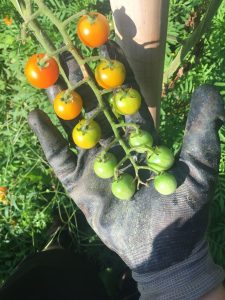
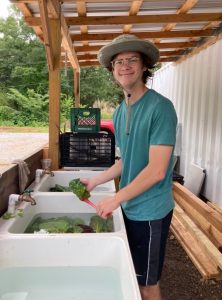

/house-with-solar-panels-174673282-ab883d486cb043a985efd2f5020381d0.jpg)

